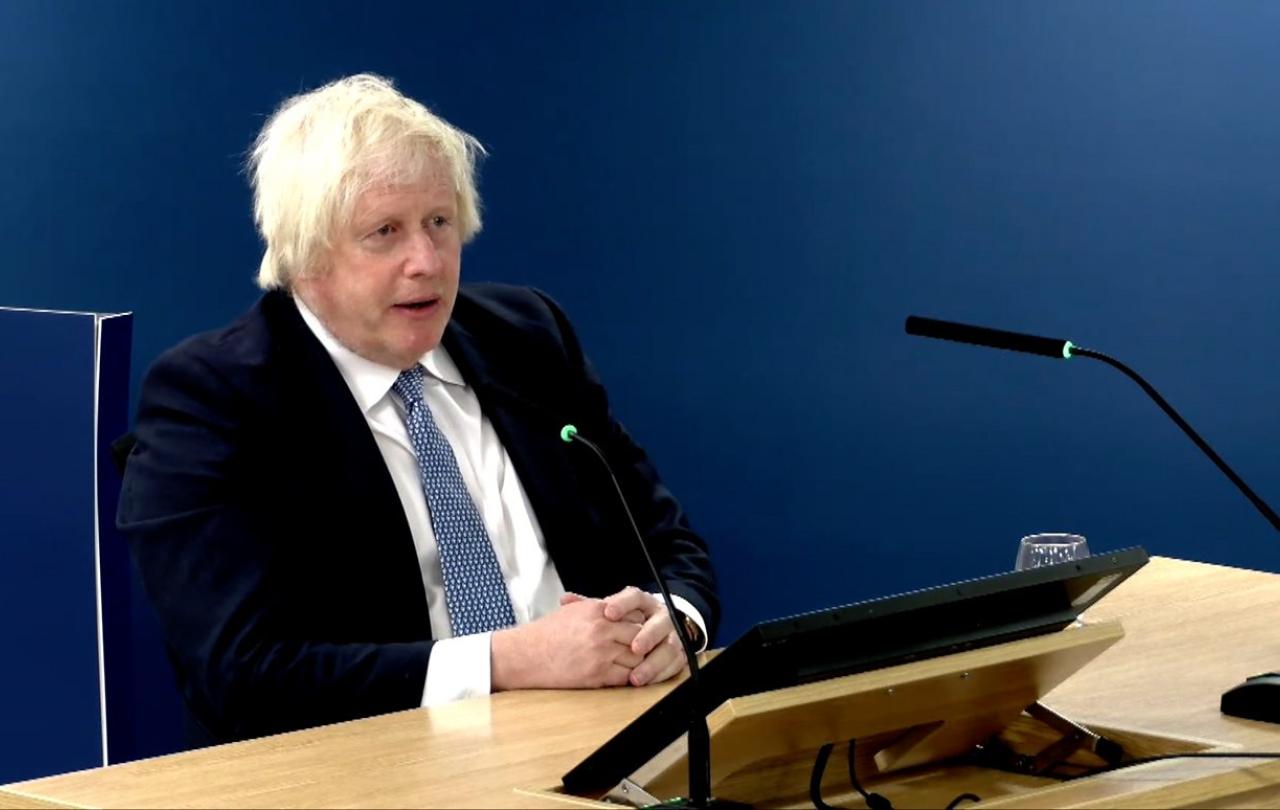This year, I did not go to my own church’s All Souls Day service. I went instead to another church - Hackney Church - to hear Laura Marling perform her new album, Patterns in Repeat. Marling wrote its songs in the months following the birth of her first child. Her daughter’s coos and gurgles occasionally overwrite the recording of Marling’s own ethereal, elastic voice as she contemplates parenthood, heritage, and new domesticity. Critics are in agreement: this is Marling’s most accomplished album yet.
As I stood amid the congregation gathered to hear her, I was struck by the overwhelming love contained in those lullabetic songs. As if line by line Marling swaddles her daughter, each lyric wrapping her with words that hold and assure. Sleep my angel, you’re safe with me. What she conjures is the magnificent reorientation entailed in love - Time won’t ever feel the same - and the promises that tip from the mouths of those experiencing it - I’m not gonna miss it, child of mine.
Of course, love is not always so pure. We may find, miserably, our own love tilting this way or that, towards dominance or possessiveness, or muddied by some other perversion. But this isn’t to deny that there really are pockets of pure love in our midst. All around us are people writing their own lullabies: sending texts, preparing meals, writing cards, taking photos. And, in these ways, saying to one another, as the theologian Josef Pieper paraphrases the affirmation of love, ‘I am glad you exist’.
While I listened to Marling sing lullabies for her baby daughter in one church, the gathered faithful of my own congregation read out the names of the dead in another. Each year the list is long and spans several minutes. By its end the names start to undo themselves, beginning to sound only like their component syllables, blurring towards the non-words found in a book of phonics. But each name uttered - perhaps for the only time that year - tells of a whole beloved life, witnessing some homely love swirling still, years later, in the memory of a congregant. In years past I have sat around that altar as those names are read out. I have listened out for the names I added, like a child seeking the face of her mother.
These two Saturday evenings, unfolding a few Overground stops apart, were not wholly discrepant. Each sounded the cry of love from one person to another, against cynicism, even against death. Each told of love that reverberates where love cannot yet, or still, be reciprocated. All these hearts swelling and bending and breaking for each other strikes me as a kind of Grand Canyon: a remarkable thing to consider, seeming to be a miracle that might, if we let it, render us speechless.





